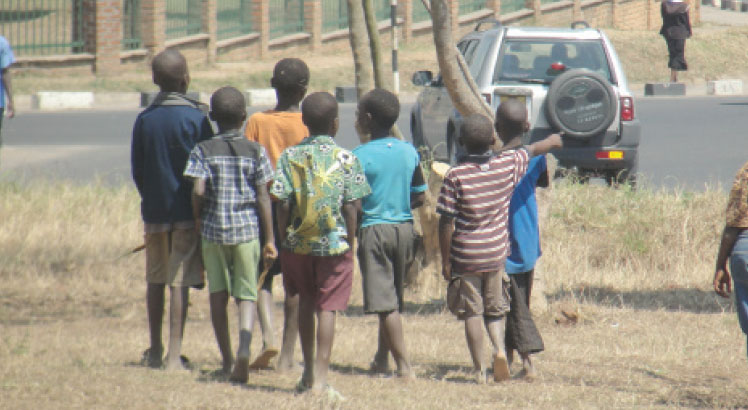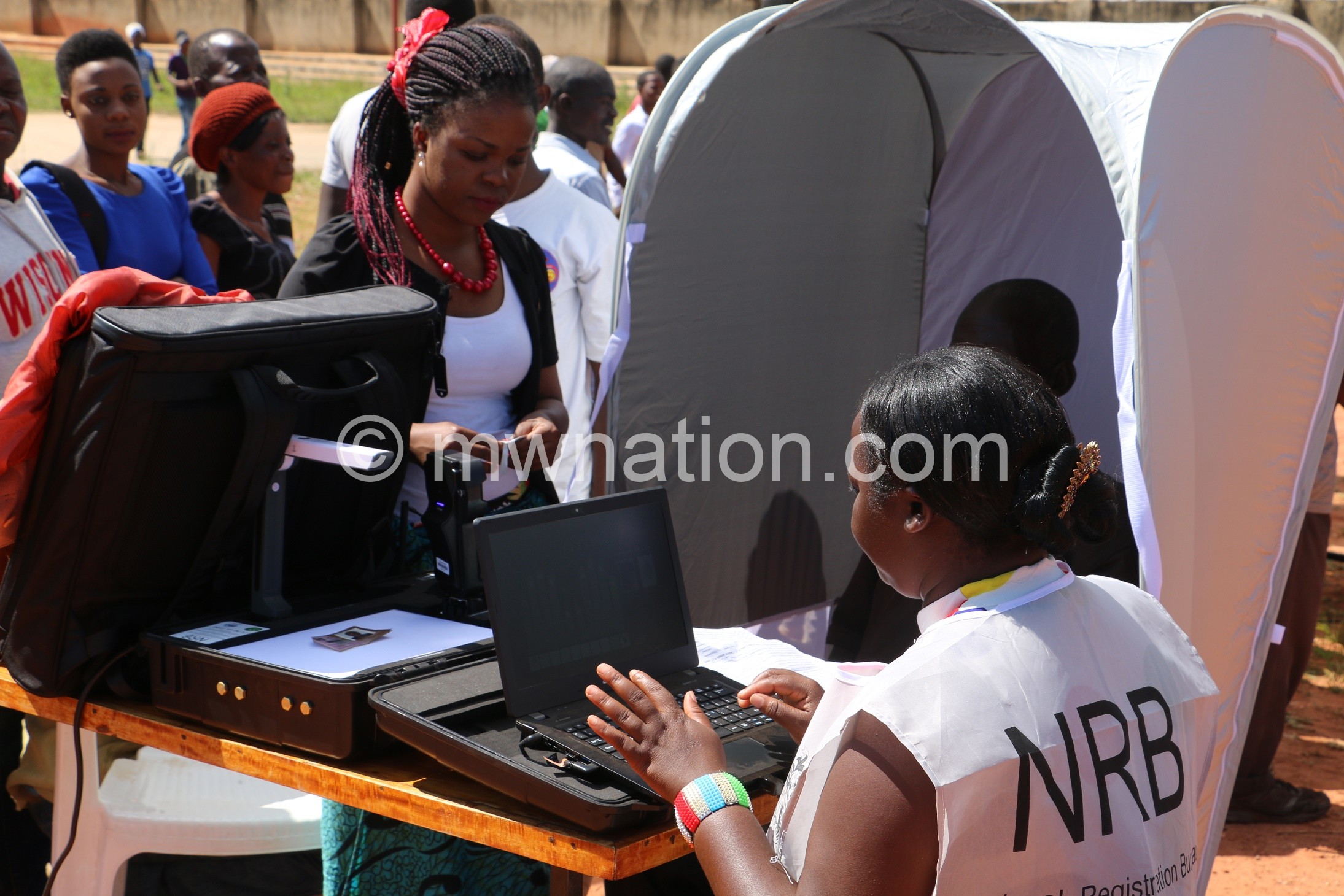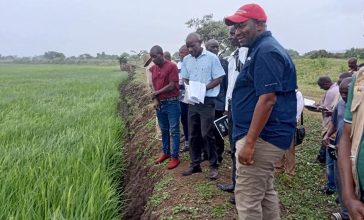APM sends SOS: Declares State of National Disaster
It never rains but pours for President Peter Mutharika’s administration as for the second time in under a year the President has declared Malawi a State of National Disaster following prolonged dry spells during the 2015/16 agriculture season.
In a national address last evening, the President said the severe crop failure was worse in the Southern Region and parts of the Central Region. The projected drop in maize harvest is estimated at 12 percent of last year’s output, according to second round crop estimates.
Mutharika has since appealed for humanitarian relief assistance from the international community, relevant United Nations (UN) agencies, non-governmental organisations (NGOs), the private sector as well as citizens of goodwill to alleviate suffering among those affected by the food shortage.
He also said Ministry of Agriculture, Irrigation and Water Development projects a total maize requirement of 1 290 000 metric tonnes (MT) to fill the deficit and avert a food crisis in the season.
“The second round Agricultural Production Estimates Survey which the Ministry of Agriculture, Irrigation and Water Development undertook between mid-February and March this year, estimates maize production for the season at 2 431 313 metric tonnes, representing 12.4 percent decline in production as compared to the 2014/2015 final round estimate of 2 776 277MT.
“The country’s maize requirement for human consumption, seed, stock feed, and industrial use is currently estimated at 3 205 135MT. This being the case, it is projected that the country will face a maize deficit of about 1,072,461mt,” Mutharika said in a statement the State House Press Office made available to The Nation.
He said with the increased maize deficit, it is expected that an increased more people will be food insecure and will require humanitarian relief assistance for the whole 2016/17 consumption year.
However, Mutharika indicated that Ministry of Agriculture, Irrigation and Water Development will ascertain the actual deficit after the third round production estimates in June 2016, whose results will form a basis to compute a comprehensive national food balance sheet.
He said although that is the case, basing on the weather pattern and the fact that the Department of Climate Change and Meteorological Services has projected early cessation of the rainfall season, the ministry is convinced that the projected maize production will not change significantly.
Meanwhile, the President has said government will make sure that all affected people are taken care of.
“Government will cash its drought insurance to start off the relief process. Secondly, government will use its remaining part of food items to distribute to the affected people. I would like to assure all our partners that government will see to it, that all the relief assistance received is channeled to the affected people in the affected districts,” he said.
Last December, government took out $30 million (about K21 billion) insurance policy from the African Risk Capacity Insurance Company for the 2015/2016 farming season as cover against drought in the event of El Nino affecting Malawi.
In December 2015, Vice-President Saulos Chilima, who is also Minister responsible for Disaster and Relief Management, said the insurance, for which government was expected to pay K2.9 billion in premiums, was the first time Malawians are insured against drought.
“The exact amount of the payout to which the country would be eligible would be up to a maximum of $30 million, depending on the extent of the drought. This is another form of planning that we are taking on so that we don’t lose out on everything when there is a dry spell,” Chilima was quoted as having said so.
This is the second time the President has declared a State of National Disaster in the country. In January last year, Mutharika also declared the country a state of disaster following combined effects of floods and drought that affected the country.
The floods, described as the worst in over a decade, affected 1.1 million people in 15 of the country’s 28 districts which were affected, killed 106 people; 172 people were reported missing; 230 000 were displaced and they damaged people’s property and infrastructure as well as 64 000 hectares of crop fields throughout the country.
Maize output dropped by about 30 percent, rendering 2.8 million of the 17 million people food insecure and in need of humanitarian assistance.
In September last year, Mutharika sent out an appeal to development partners, local and international well-wishers to assist government mobilise about K83.4 billion) to feed the 2.8 million Malawians and recover from the disaster.
Following the appeal, in October the World Food Programme (WFP) announced that it would provide food aid to 2.4 million people nationwide, representing around 85 percent of the 2.8 affected people, a development which meant government was just required to raise 30 percent of the needed K83.4 billion.
The situation in numbers
- Estimated maize production for the 2015/2016 season is at 2 431 313 MT
- The country’s maize requirement for human consumption, seed, stock feed and industrial use is estimated at 3 205 135 MT
- The projected maize deficit that the country will face is at 1 072 461 MT
- Estimated population will require an estimate of about 790 000 MT of relief food
- 250 000 MT of maize needed to re-stock the Strategic Grain Reserve as buffer stock during the season
- Admarc will require 250 000 MT maize to sell to the general public and effectively stabilise maize prices in the 2016/2017 season
- A total maize requirement of 1 290 000 MT needed to avert food crisis in the season





